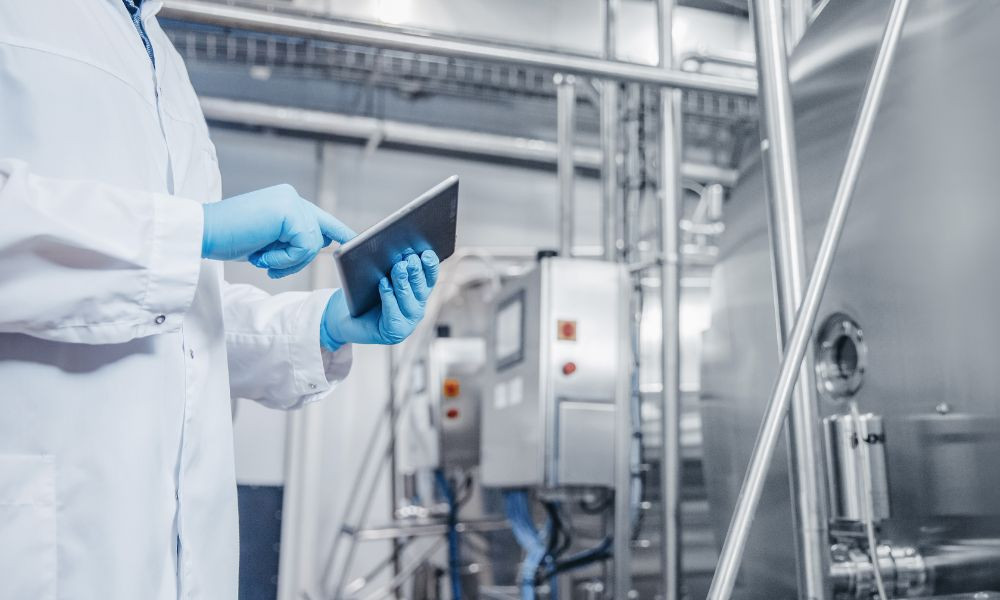22nd Jan 2024
Why Temperature Recording Is Important in Food Processing
Food’s condition is highly dependent on temperature. Frequent fluctuations or incorrect levels can compromise the food’s safety and quality.
Strict adherence to specific temperatures during each stage of food processing will significantly reduce the risk of mistakes and poor-quality products. To further understand why you should implement temperature recording in the food processing industry, continue reading below.
Temperature Recording Prevents Bacterial Growth
Bacteria, especially those notorious for causing foodborne illnesses, thrive within specific temperature ranges commonly known as “danger zones.” Diligently monitoring and consistently recording temperatures keeps products outside of these danger zones. This precaution enhances the safety of the final product and contributes to its extended shelf life.
Implementing stringent temperature control measures from the raw ingredient stage to the finished product stage will minimize the risk of contamination. Consumers can trust they're receiving high-quality and safe-to-consume goods.
Temperature Recording Preserves the Food’s Quality
If facilities don’t keep food at the proper temperature, its quality can quickly deteriorate. But bacterial growth isn’t the only concern.
Enzymatic reactions refer to the biochemical processes facilitated by enzymes, which are proteins that significantly speed up the rate of virtually all the chemical reactions that take place within cells. This can cause the food to change color, alter the flavors, and lose important nutrients. Therefore, it’s crucial to maintain optimal temperatures by recording the data to ensure the food remains high quality.
Temperature Recording Complies With HACCP Regulations
Hazard analysis critical control points (HACCP) is a systematic approach to food safety that focuses on preventing hazards that could cause foodborne diseases. Temperature recording becomes an invaluable practice that aligns with HACCP regulations.
Keeping a detailed record of temperature readings demonstrates a proactive approach to food safety and is a critical aspect of HACCP compliance. These records verify that the manufacturer has processed and stored the food at safe temperatures.
Temperature Recording Documents Potential Complications
Temperature recording serves as a precautionary measure to identify potential complications in food processing. Fluctuations in temperature can indicate system malfunctions or inefficiencies in the production line. By documenting these temperatures regularly, companies can proactively address potential issues before they become major problems that compromise food safety.
If a recall or food contamination occurs, these records can serve as valuable resources to document the incident. The team can go back, evaluate the data, and determine what went wrong to ensure the same issue doesn’t occur again.
Temperature recording is imperative in food processing. Without it, consumers could end up eating unsafe foods.
The use of chart recorders strengthens consistent temperature recording. These devices record the temperature data over time and provide a visual representation of temperature fluctuations. This helps quickly identify deviations from the ideal temperature ranges, thereby ensuring the production of safe and high-quality food.
You just need the right chart recorder tools to get the job done. Recorders Charts & Pens supplies chart recorders, pen replacements, and Honeywell chart paper to collect data. These can positively contribute to the food processing industry and the health of consumers worldwide.

